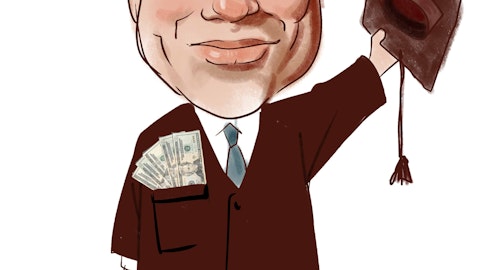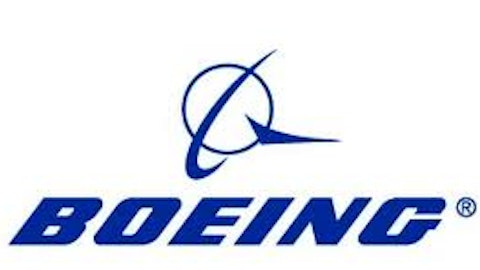After the ill effects of surging oil prices and slow-paced world trade in 2012, the airline industry is finally showing positive signs of improved passenger traffic and freight volumes. This improvement is expected to be seen throughout this year. Such growth is reflected in the IATA’s projections for the airline industry revenue to reach $671 billion this year from $637 billion last year.
Along with this rise, it is predicted that cost will increase to $649 billion from last year’s $623 billion. This has led to a major challenge for airline companies of keeping revenue ahead of cost. Let’s find out what strategies these three airline companies are implementing to survive, protect, and grow their market share.
Future capital deployment and capital expenditure revealed
Delta Air Lines, Inc. (NYSE:DAL) has investments in Virgin Atlantic, New York airports like LaGuardia and JFK, and it also has an investment in Trainer refinery. It expects growth in earnings from these investments and various cost-saving initiatives worth $1 billion in the coming years. The cash flow from operations is expected to improve such that the company anticipates cash flow of nearly $4 billion-$5 billion a year over the coming five years.
Delta Air Lines, Inc. (NYSE:DAL) plans to utilize half of the expected cash flow, $2 billion to $2.5 billion a year, on capital expenditure from 2014 to 2017. These funds will be re-invested on fleets, airport lounges, other products, and technology. Delta Air Lines, Inc. (NYSE:DAL)’s net debt levels in 2009 were $17 billion. It was able to reduce it to $11 billion in the first quarter of 2013. The company now aims at reducing it to $10 billion by the end of this year, followed by reaching $7 billion over the next three to five years. This will also help the company in reducing its interest expense by nearly $500 million per year. Through such a restructuring strategy, it aims at achieving a BBB grade of investment rating, and it is a step to de-risk its balance sheet.
Delta Air Lines, Inc. (NYSE:DAL) plans to distribute cash to the shareholders in the form of dividends and a share repurchase plan worth $1 billion. One of the major reasons for such an initiative is that the company has posted profits for the past three years in a row and has reduced debt by $5 billion. It will pay a quarterly dividend of $0.06 per share in September 2013. With its first dividend payment this decade, it will buy back shares worth $500 million by mid-June 2016. In all, the company plans to generate $5 billion in value for investors as a part of its five-year plan.
Apart from Delta Air Lines, Inc. (NYSE:DAL), Southwest Airlines Co. (NYSE:LUV) is the only U.S. airline company which has announced dividends and share buyback plans. It has increased its share repurchase program by 50% and raised the dividend by four times. It will issue a dividend of $0.04 per share on June 26, 2013. It will repurchase shares worth $1.5 billion, of which $725 million has already been completed since August 2011.
The company posted cash and cash equivalents of approximately $3.5 billion in the first quarter of 2013. In the past two years, Southwest Airlines Co. (NYSE:LUV) has returned cash to shareholders worth nearly $770 million, which is 20% of its operating cash flow, through dividend and share buybacks. From such a solid track record, investors can expect continuous distribution of cash from the company in the future also.
Focus on passenger segment and debt reduction
In 2012, United Continental Holdings Inc (NYSE:UAL) lost a significant passenger traffic share to its competitors. This was mainly due to poor on-time performance, flight cancellations, and delays. It led to a 63% fall in the on-time arrival rate of the company in July. To overcome such operational issues, the company has set up an IT system, integration between United and Continental. This resulted in improvisation in its operations, leading to an 81% increase in its on-time performance in March 2013.




